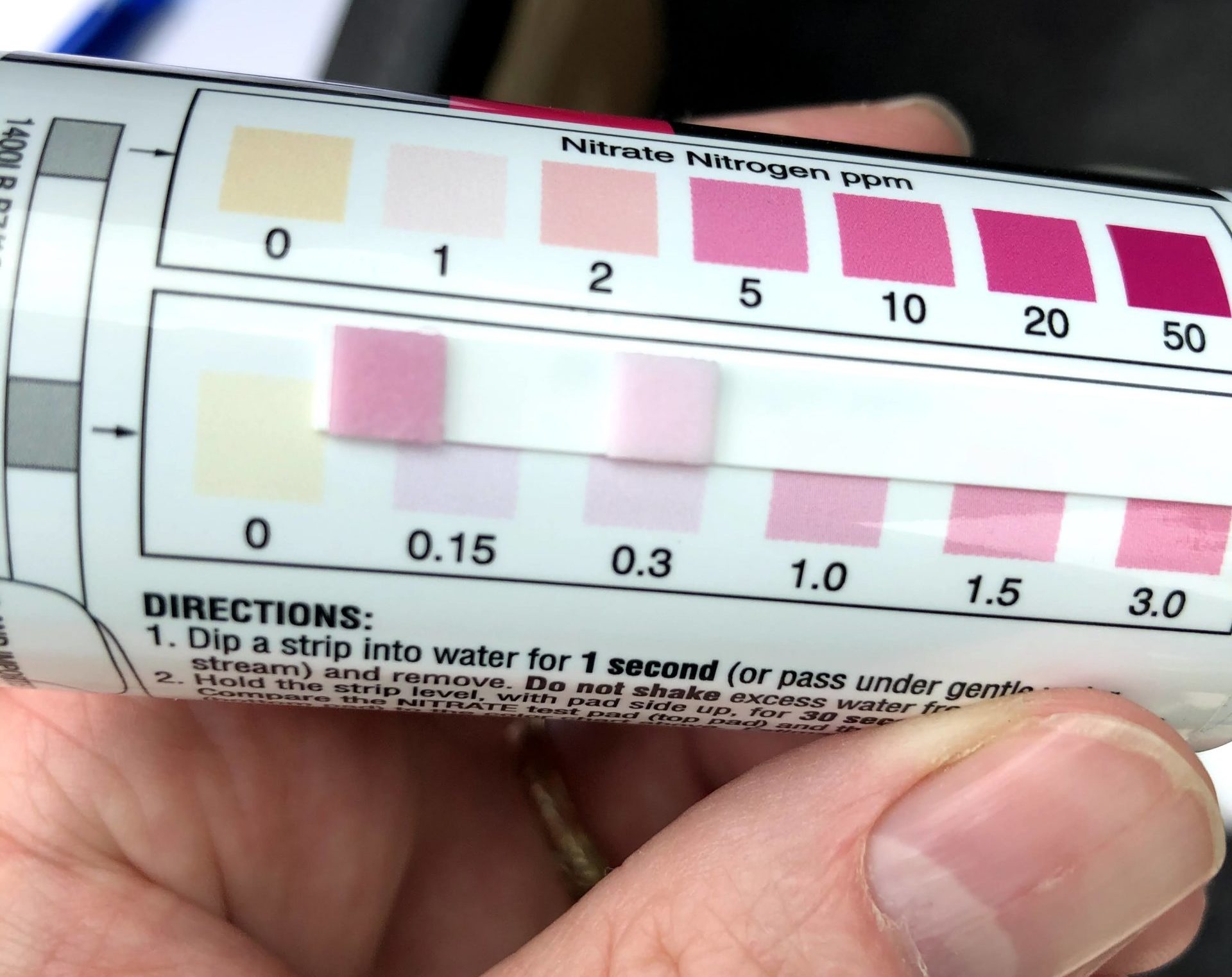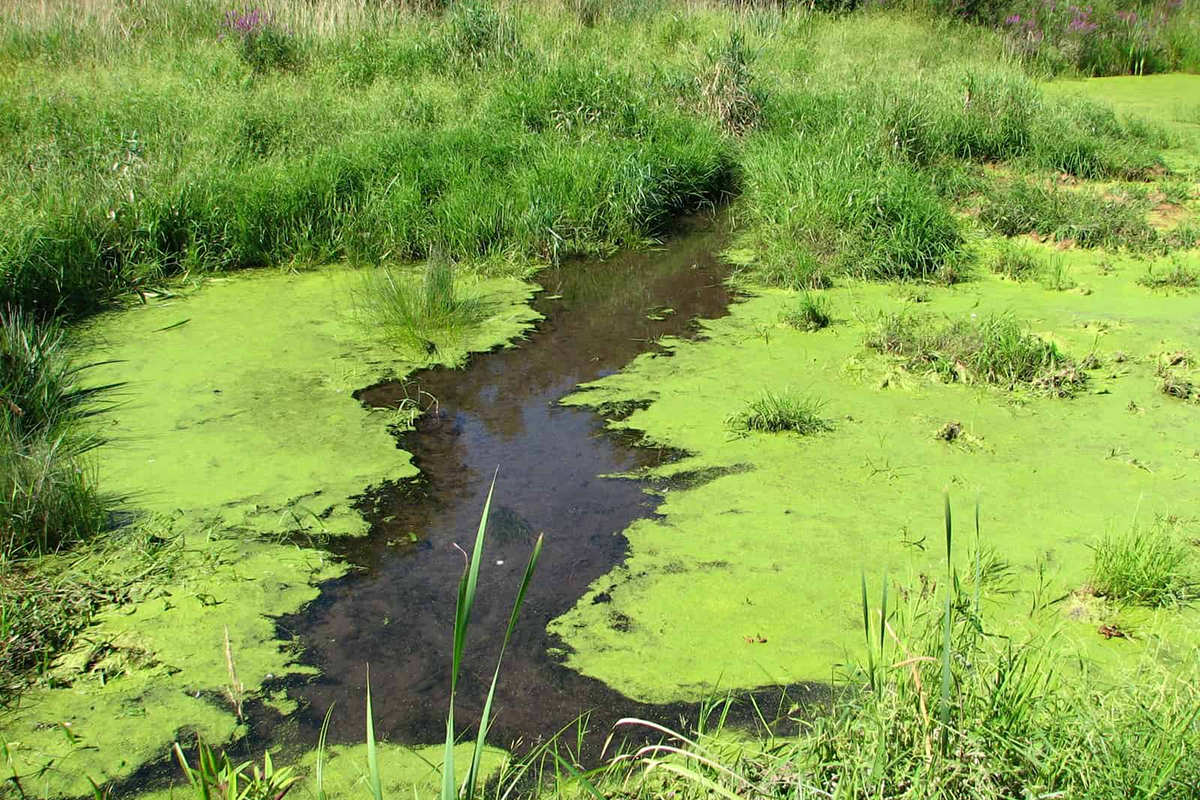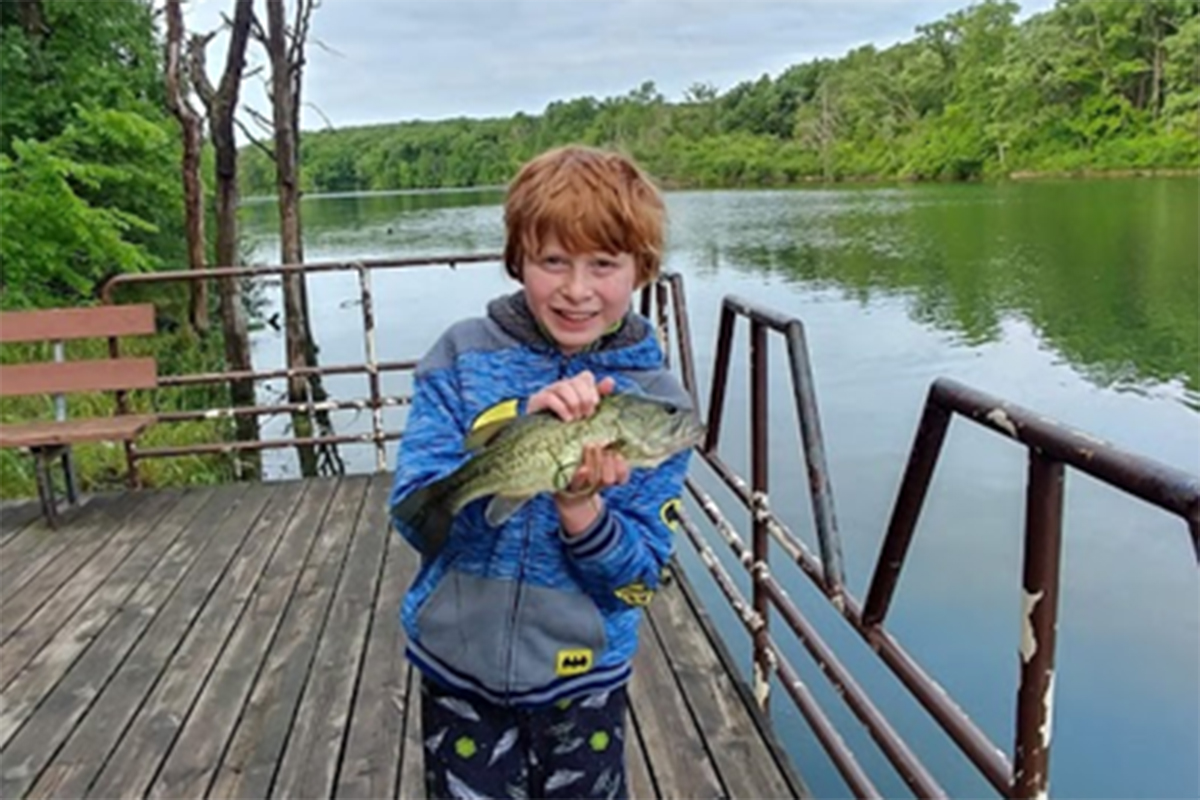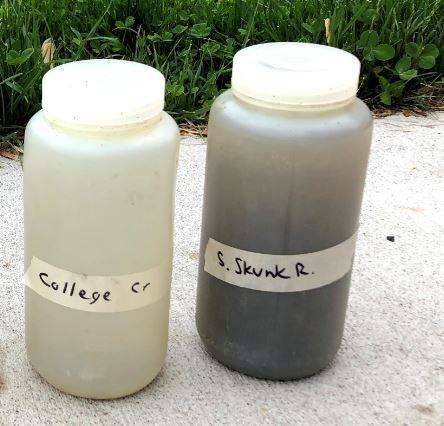Water Quality Monitoring in Story County, 2021 Season
Understanding water quality in Story County lakes and rivers is a big job with many components and involving many partners:
2021 Annual Report
Key findings from the 2021 monitoring season are shown below. 2021 was a very dry year, but we learned some important lessons about how to collect and interpret water quality data to better account for the weather and reveal underlying trends in land management. Click here to download the 39-page report.
Recreation and Waterborne Illnesses
E. coli bacteria was usually low at swimming beaches and parts of the South Skunk River, but high in most creeks. We can narrow down likely sources of contamination by checking whether bacteria is highest during low flows or high flows.
Gulf Hypoxia and Nutrient Losses
This year was too dry to have much influence on Gulf Hypoxia. Focusing on normal-to-wet periods will help to identify hot spots where conservation practices are needed and evaluate whether conservation practices are working.
Nutrient Enrichment and Algae Blooms in Lakes and Streams
During dry conditions, the highest nutrient levels are below wastewater treatment plants.
Fish and the Insects They Eat
Low dissolved oxygen is harming invertebrates in some streams. Effluent from wastewater treatment plants could be a factor, but some patterns are still unexplained.





